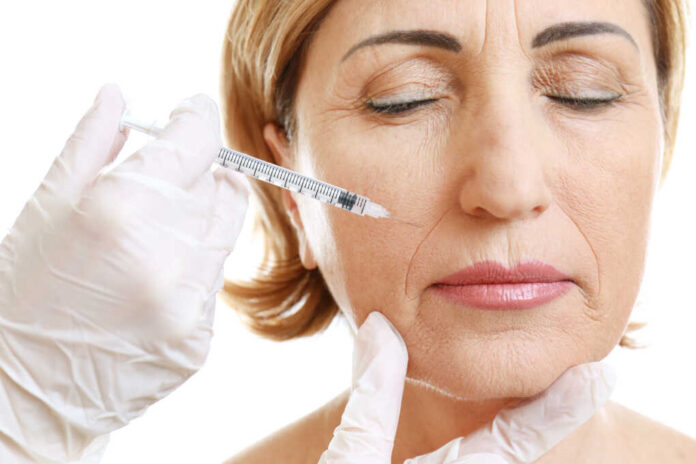
Facial fillers, also known as dermal fillers, are becoming more and more popular among the masses. They can help reduce signs of aging or alter the contours of the face with minimal invasion. Fillers offer relatively inexpensive and painless results compared to plastic surgery, but it’s important to be aware of the fact that they can have side effects. In this blog post, we’ll explore the different types of dermal fillers on the market, their associated side effects, and the common risk factors involved.
Types of Fillers
There are several different types of facial fillers on the market, each intended for different purposes and effects.
The most common filler type is hyaluronic acid (HA), which is often used to plump up lips and fill in fine lines. It increases the volume of tissue when injected under the skin. This type of filler lasts about 6-12 months.
Calcium Hydroxylapatite (CaHA) lasts slightly longer than HA and is typically reserved for deeper wrinkles and scars.
Poly-L-lactic Acid helps stimulate the skin’s collagen production, offering natural-looking results that can last more than two years. Because it relies on your skin’s natural collagen processes, the results are not as immediate as with other fillers.
Polymethylmethacrylate (PMMA) is a semi-permanent filler that uses microspheres and collagen to plump up the skin. It can last 5-10 years but usually comes with more complications.
Side Effects of Facial Fillers
There are several common side effects associated with the use of these facial fillers, including swelling, redness, bruising, itching, and pain at the site of the injection. Most of these side effects resolve after a few days.
More serious side effects can occur as well, but they are less common. These include allergic reactions, infections at the site of the injection, necrosis (tissue death due to blockage of blood vessels from the injection), migration, and vision problems.
You can take some measures to avoid some of these more serious side effects by always going to reputable and licensed injectors, making sure they are using FDA-approved and unopened fillers, and working in a sterile space. You should also disclose any medications or drugs you may be using to the provider.
Risk Factors
Some people may be at a higher risk of experiencing side effects if they have certain risk factors, such as underlying medical conditions and allergies. Being pregnant or breastfeeding can also increase your risk of developing side effects.
If the skin in the area where you are thinking about getting injections is inflamed or there is a rash, you should avoid getting injections there until it heals.
Other risk factors include working with unlicensed or inexperienced injectors, buying fillers online, and opting for permanent fillers that tend to cause more complications.
While facial fillers can be a great way to boost your self-care routine, it’s important to be aware of the side effects and risk factors associated with them. If you’re going to get them done, make sure to go to a real professional with a good reputation and positive reviews.



















